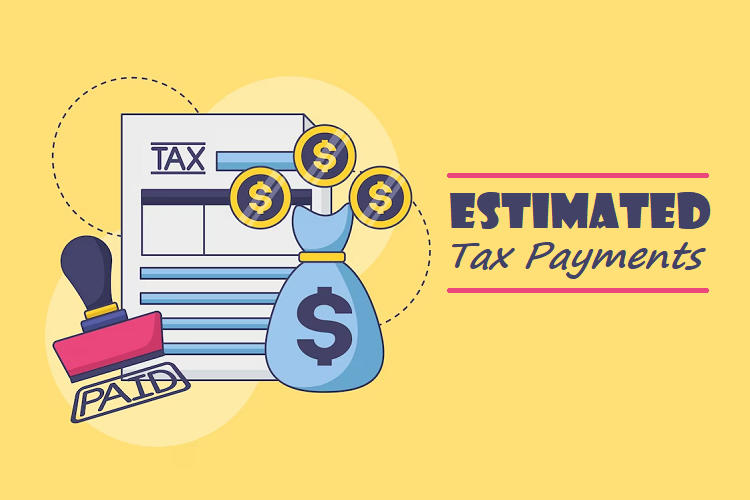You can perhaps save money by maximizing your tax deductions and prevent having to come up with a significant quantity of cash when your taxes are due. In this post, we’ll discuss several strategies for helping small business owners maximize their tax savings through estimated tax payments.

Recognize Your Tax Duties
Understanding your tax responsibilities is the first step in optimizing the tax savings you can achieve through anticipated tax payments. You are probably liable for paying self-employment taxes, income taxes, and perhaps state and local taxes as well as a small business owner. Knowing what taxes you must pay and when they are due will help you make the necessary plans. Part of this is knowing which tax bracket you are in.
Establish Your Probable Tax Liability
You must calculate your expected tax due after you are aware of your tax responsibilities. This entails calculating your annual tax liability based on your current income and allowable deductions.
Pay Your Quarterly Estimated Taxes
You can start making quarterly estimated tax payments once you’ve calculated your expected tax liability. The next year, in April, June, September, and January, these payments are normally due. You must enclose Form 1040-ES with your payment when sending it in via mail or online for these payments.
Increase Tax Deductions
Making estimated tax payments will help you optimize your tax deductions, which is one of the largest advantages. You might be able to enhance your deductions and decrease your taxable income by making payments throughout the year. Home office costs, car expenses, and business travel expenses are a few deductions you might be able to claim. This can help you get a bigger IRS tax refund at the end of the year.
Following Your Expenses
You must keep track of your costs all year long in order to benefit from tax deductions. For business-related travel, this includes recording mileage and keeping receipts. To stay organized, you might also want to think about adopting accounting software.
Think about Hiring a Tax Expert
It can be worthwhile to think about getting guidance from a tax professional if you’re unfamiliar with projected tax payments or feel intimidated by the procedure. Your projected tax liability can be calculated by a tax expert, who can also assist you maximize your tax deductions and make sure you are adhering to all rules and regulations. This is especially true when it comes to tax on investment income.
Regularly Review Your Estimated Tax Payments
To make sure you are on track, it’s crucial to routinely evaluate your expected tax payments. You might need to modify your expected tax payments if your income or expenses vary over the year. You can prevent underpaying or overpaying taxes by frequently monitoring your payments.
In conclusion, for small business owners, paying anticipated taxes can be a terrific method to optimize their tax savings. You can make sure you are on track to meet your tax obligations and save money by understanding them, figuring out your estimated tax liability, paying quarterly, maximizing your tax deductions, keeping track of your expenses, thinking about hiring a tax professional, and reviewing your payments frequently.


